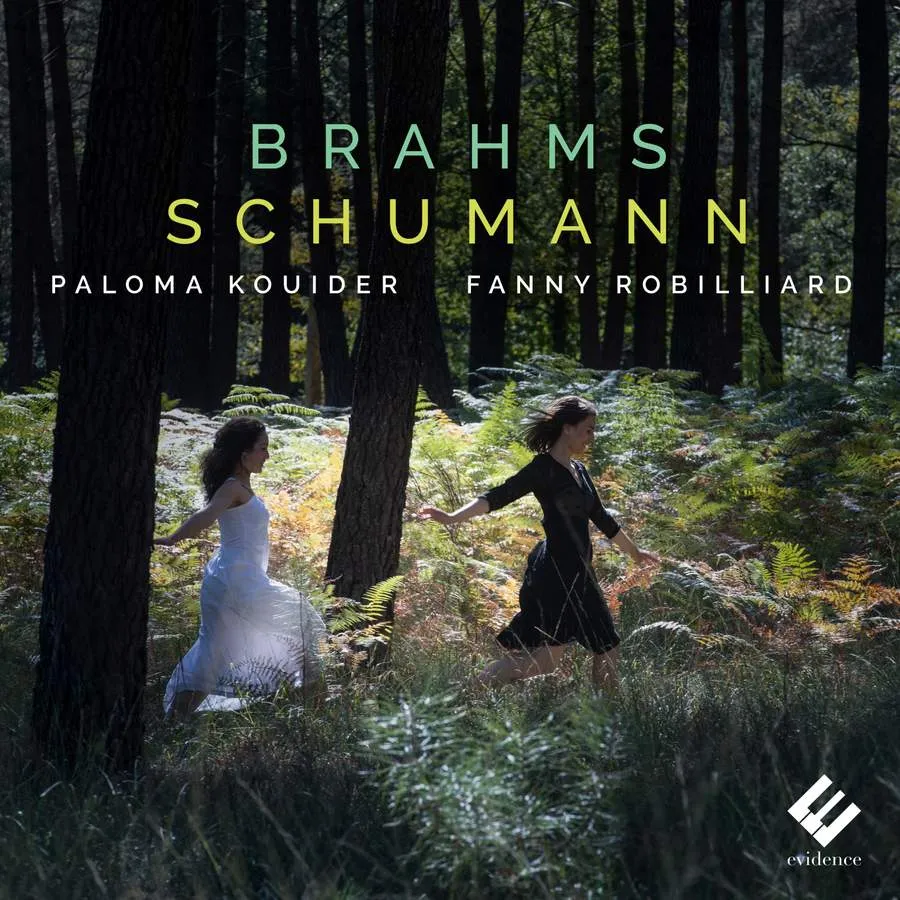
Brahms • C Schumann • R Schumann R Schumann: Violin Sonata No. 1 in A minor, Op. 105; Brahms: Violin Sonata No. 2 in A major, Op. 100; C Schumann: Three Romances, Op. 22 Fanny Robilliard (violin), Paloma Kouider (piano) Evidence Classics EVCD066 56:17 mins
The spirit and inspiration of Clara Schumann hangs over this imaginatively devised release. Her Three Romances for violin and piano are performed here separately rather than as an integral cycle. It’s an intriguing idea, allowing the listener to draw more intimate musical connections between the four featured composers that might not have arisen so obviously with a conventional layout.
Fanny Robilliard and Paloma Kouider bring all the necessary intensity and sense of unease to the first movement of Robert Schumann’s A minor Violin Sonata, and I very much like the clarity and precision that they secure in the teasing semiquaver passages in the Finale. The central movement is projected with warmth and expressivity, though perhaps the duo could have been bolder and more spontaneous in their negotiation of Schumann’s almost schizophrenic changes of mood.
It’s good to hear the much less well-known first movement of the FAE (Frei Aber Einsam) Sonata by Albert Dietrich. Once again, Robilliard and Kouider respond with great sensitivity to Dietrich’s ardent writing, but despite a strikingly memorable opening idea, it has to be admitted that the level of musical interest here is not really sustained throughout the movement.
No such qualms can be levelled against Brahms’s wonderfully lyrical and structurally succinct A major Sonata. Here of course Robilliard and Kouider face formidable competition from a stream of benchmark recordings, but the strengths of their performance lie in the wonderfully integrated sense of interaction achieved between the two instruments, and their refusal to superimpose interpretative mannerisms onto the music when Brahms’s intentions are made perfectly clear through his precise instructions on phrasing and dynamics in the score.
Erik Levi